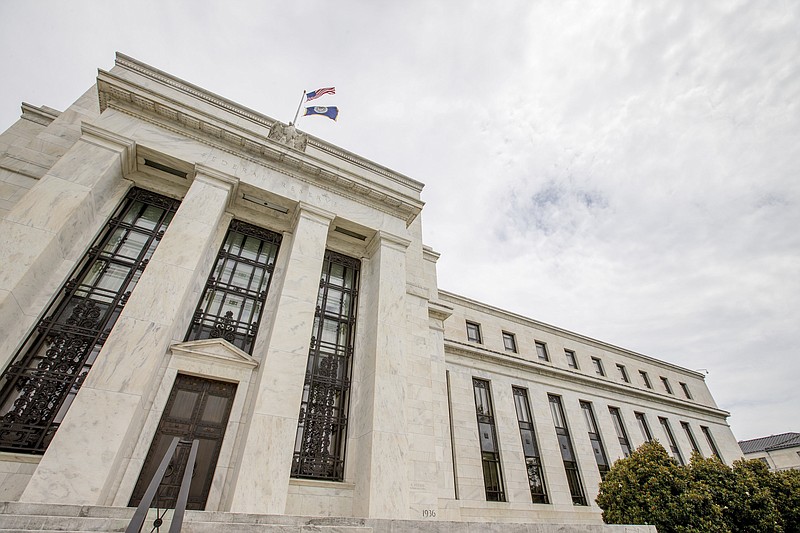Last week, the Federal Reserve Board announced its intention to begin "balance sheet normalization" following a plan released last June. Which begs the following questions: what is the balance sheet, how will it be normalized, and so what?
The Federal Reserve Board is charged with management of the money supply and interest rates in order to promote full employment and stable prices. This is a tall order, and is necessarily somewhat opaque to most of us due to the complexity of the tools employed. Today we discuss balance sheet operations, the sharpest arrow in the Fed's quiver.
The board is required to publish quarterly reports of its assets and liabilities (known as its balance sheet), which most corporations do. Assets of the Fed primarily include its holdings of U.S. Treasury bonds as well as high-quality mortgage-backed securities. In order to influence the money supply and the interest rate, the Fed alters its portfolio of bonds by either buying more or selling some of its holdings.
On the other side of the balance sheet, the Fed also reports its liabilities. Primary liabilities include currency in circulation and reserve deposits owned by commercial banks and held in accounts at the Fed.
(For the accountants out there: there is a small "equity" line on the balance sheet of about $50 billion. The Federal Reserve surrenders its earnings to the U.S. Treasury, so there is typically minimal retained earnings).
When the Fed decides to increase its balance sheet, it purchases securities from a commercial bank, paying for the bonds by creating a credit in the bank's reserve account at the Fed and increasing the supply of money. Conversely, the money supply is reduced when the Fed sells from its inventory of bonds and deletes the proceeds from the bank's reserve account. These so-called "open market operations" are the Fed's most potent tool.
Until the great financial crisis of 2008, the Fed held a fairly stable portfolio of securities of about $900 billion. In order to combat the torpid post-recession recovery, an unprecedented decision was taken: to increase the size of the balance sheet five-fold to over $4.5 trillion. The Fed went on a bond buying spree, simultaneously creating trillions in excess bank reserves until the program, dubbed "quantitative easing" or QE, was halted in 2014.
But what to do now with its engorged portfolio? The plan has been to reduce its holdings gradually enough to avoid major disruptions in credit markets once the economy was healthier. Which brings us to last week's announcement.
At first, the Fed will cease reinvestment of the principal received from bonds that mature. In October, it will allow $10 billion worth of bonds to pay off, and will no longer buy new bonds with the proceeds but instead will extinguish that amount from the money supply. The amount un-reinvested and withdrawn from the monetary base will gradually increase to $50 billion per month.
What will this mean for me? Probably not much at least for now. We should expect interest rates to rise, but considering the lassitude of the reduction of the balance sheet, the impact is likely to be muted. In fact, on the day of last week's announcement, the 10-year Treasury yield increased only four hundredths of one percentage point, reflecting the glacial pace of Fed normalization.
Given the ultra-cautious tenor of the Fed's outlook, and the fact that its forecasts have overestimated GDP growth for 32 consecutive quarters, the odds are that interest rates will remain low for a whole lot longer. Still, it's useful to understand the process.
Christopher A. Hopkins, CFA, is a vice president and portfolio manager for Barnett & Co. in Chattanooga.

